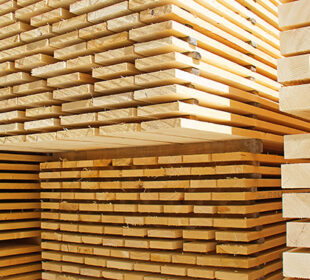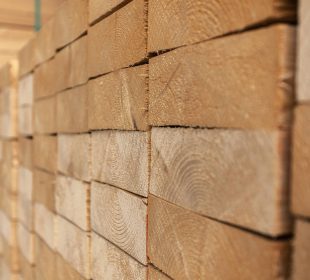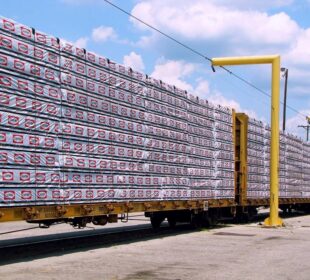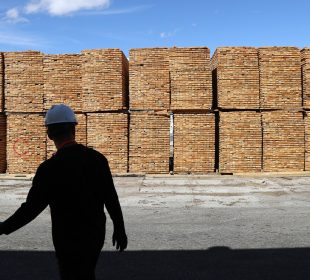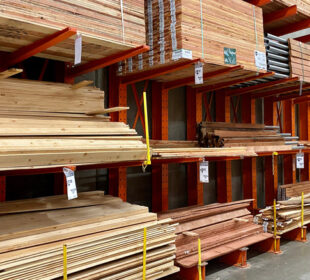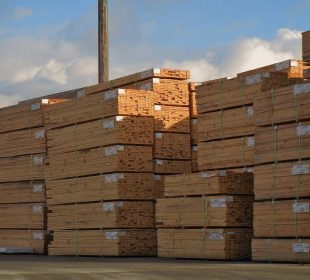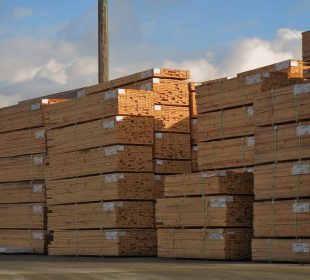Canada’s forest products industry is trying to help the country cut its emissions of greenhouse gases by 30 million tonnes each year, by 2030. This would represent 13% more of the Canadian’s government emissions target.
Improved forest practices, such as letting the slash from downed trees rot and emit methane or using their slash rather than burning it, would make for nearly half the planned reductions. The rest would be made by improved use of carbon-sequestering wood products and the improved efficiency of mill operations.
Canada committed to this plan as part of the climate negotiations of the United Nations, which took place in Paris. The country promised to cut its emissions by 30% below the levels recorded in 2005, by 2030. This reduction would amount to 225 million tonnes per year.
The carbon measures would make for 13% of the 2030 promise, as the forestry industry association stated.
“We’re the first industry to come forward with a comprehensive plan and it’s a plan that we’re going to be reporting on every three years,” said Derek Nighbor, the new CEO of the Forest Products Association of Canada.
Also, the forestry association works on a pan-Canadian climate plan due to start next fall, together with all four federal-provincial policy working groups. They were given six months to study the policy options for the plan, such as climate mitigation and adaptation, carbon pricing and clean technology innovation.
The forestry association’s “30 by 30 climate change challenge” makes intense lobbying for seeking government financial support for clean tech research and development and forest products procurement as part of infrastructure spending.
In the last 5 years, there have been $1.5 billion invested in clean tech innovation and the emissions from the existing mills have been reduced by two thirds since 1990. Apparently, using wood waste for new laminate products and biofuels could reduce carbon emissions, as Bob Larocque, the forest association’s environment and labour market policy director, stated. He added that also by planting faster-growing trees, the carbon could be easily absorbed in the atmosphere.
Moreover, Canada will introduce the taller wood structure buildings. An 18-story residence at the University of British Columbia in Vancouver and a 13-story building in Quebec City are already planned to begin construction.


